What to do and visit in the Alfama in Lisbon Portugal
Alfama is the oldest and one of the most typical neighborhoods of the city of Lisbon. It currently covers part of the parish of Santa Maria Maior and another part of the parish of São Vicente. Its name derives from Arabic al-hamma, which means baths or fountains.
Figueira Square, before the great earthquake of 1755 that forever altered the city, was the Hospital de Todos os Santos. After the earthquake, and all the conversion carried out by the Marquis of Pombal, became the main market of the city, and even a covered market was built in 1885, which was later demolished in the 1950s.
Martim Moniz Square is situated near Rossio. The square honors the nobleman who in 1147 helps D. Afonso Henriques to conquer S. Jorge castle by crossing the door so that his companions could pass. The square has several castel fonts and symbols, with stylized towers and helmets.
Bairro da Graça on the highest hill in the city of Lisbon is one of the oldest and most beautiful in the capital, built on land where, around the countrys constitution, was an immense olive grove. Grace saw its population increase after the 1755 earthquake, and these new inhabitants build simple residences as well as imposing palaces.
Cerca Moura - There are now some traces of the oldest known wall in Lisbon. This defensive system was built by the Moors during their occupation of the territory, probably from the early 10th century until 1147, when the forces of D. Afonso Henriques, Portugals first king, took the city to the Moors.
The Portas do Sol Viewpoint is the balcony that all Lisboners would like to have in their home. The magnificent view of the city of Lisbon blends perfectly with the equally magnificent view of the Tagus River. Among several points of interest, it allows us to observe the Church of São Vicente and the whole Alfama neighborhood that stretches through narrow winding streets to the river.
São Jorge Castle, declared a National Monument in 1910, shortly before the establishment of the Republic, São Jorge Castle stands on the highest hill in Lisbon and was, from an early age, a pleasant space for human occupation, dating from the 2nd century BC. first known fortification.
Heart of Alfama allows the visitor to venture through its winding streets and lanes, slender alleys and passionate staircases. Its narrow streets, enriched by genuine details such as the clotheslines, flower boxes, the scream of the neighbor, the rush of children, illustrate in a very own way what is really a true neighborhood, which goes far beyond fado and sardines. Roast
Alfama is a very peculiar neighborhood in resembling an old village not only in appearance but in having a relatively small and close community. It is considered as the safest in the whole city of Lisbon. It is known for its restaurants and fado houses, as well as for the celebrations of the Popular Saints, especially on the night of Santo António, from 12 to 13 June.
Casa dos Bicos, Located in Campo das Cebolas is one of the emblematic buildings of Lisbon, not only for its curious name, but also for its originality, lined with diamond-tipped stone. The great earthquake of 1755 destroyed much of the house, both inside and outside. Today Casa dos Bicos is the headquarters of the José Saramago Foundation
Outros Artigos Populares no Blogue
-


18 ways to order coffee in Portugal
Shot down In fact, its just a long coffee with more water, served in a large cup, just like a sock of milk. Coffee, spout or cymbalino It i... -
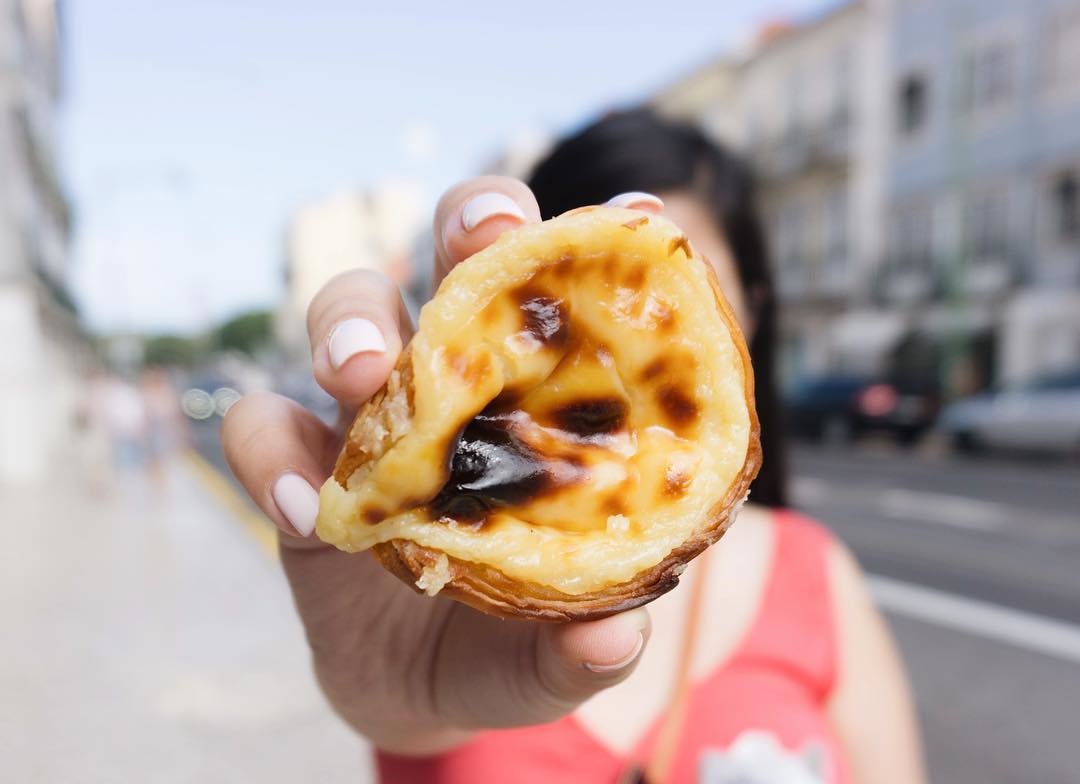

10 facts that not even Lisbon people know about Lisbon Travel
As home to fado and colorful streets, Lisbon has a multitude of secrets and fun facts that are unknown to most people. If y... -

Visit Rua da Lada is in the picturesque neighborhood of Ribeira
Picturesque street of the Ribeira neighborhood, which is nestled between the quays (dock) and the typical houses of this fishermen area. Street o... -
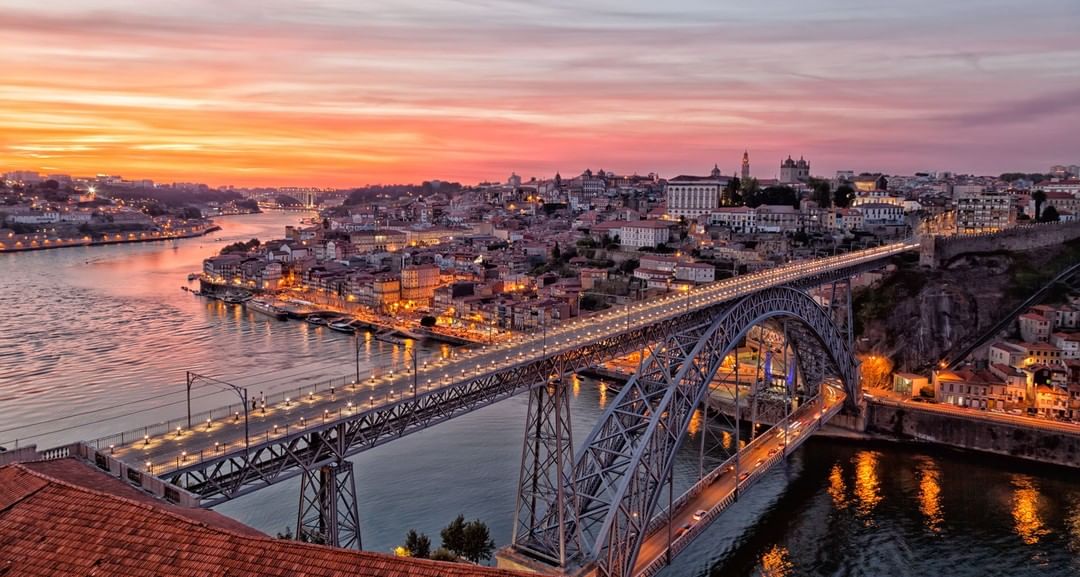

Porto is one of the most passionate and friendly cities in the world.
What are the best cities in the world to live in? The most exciting, fun and affordable? Yes, there are many cities vy... -
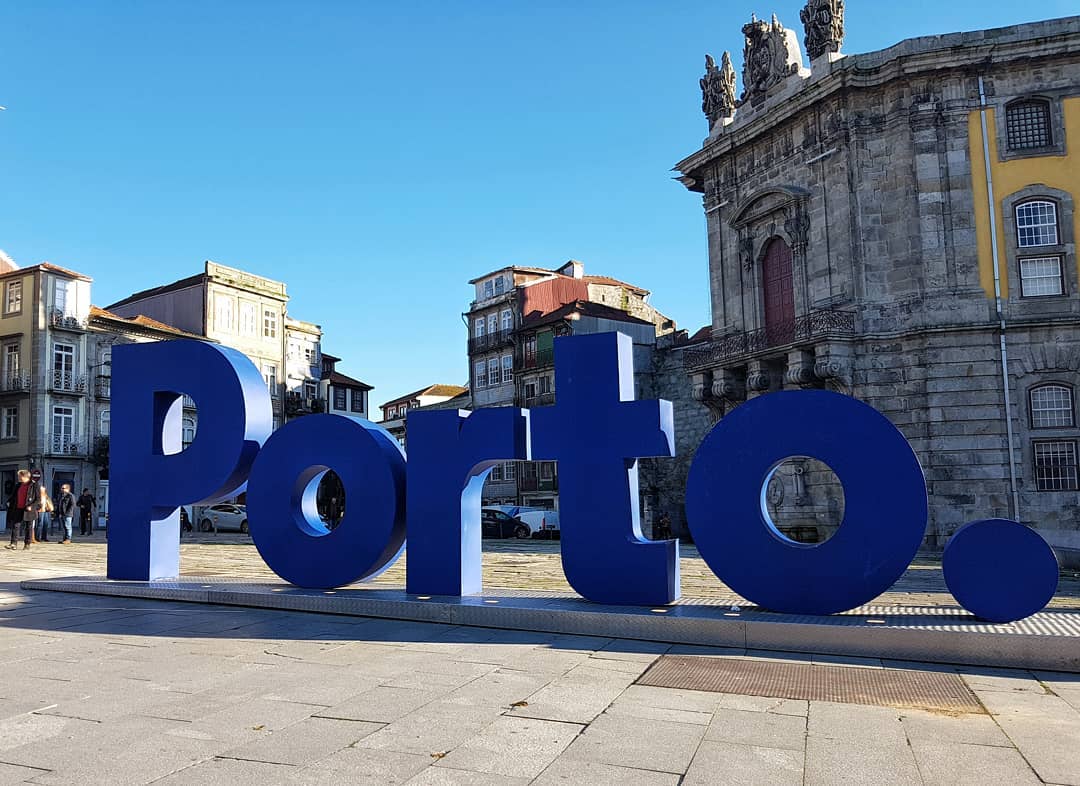

Top 18 Tourist Attractions in Porto Portugal
Apparently cut in granite near the mouth of the Douro River, Portugals second city, known locally as Porto, enchants with a rich collection of cultura... -
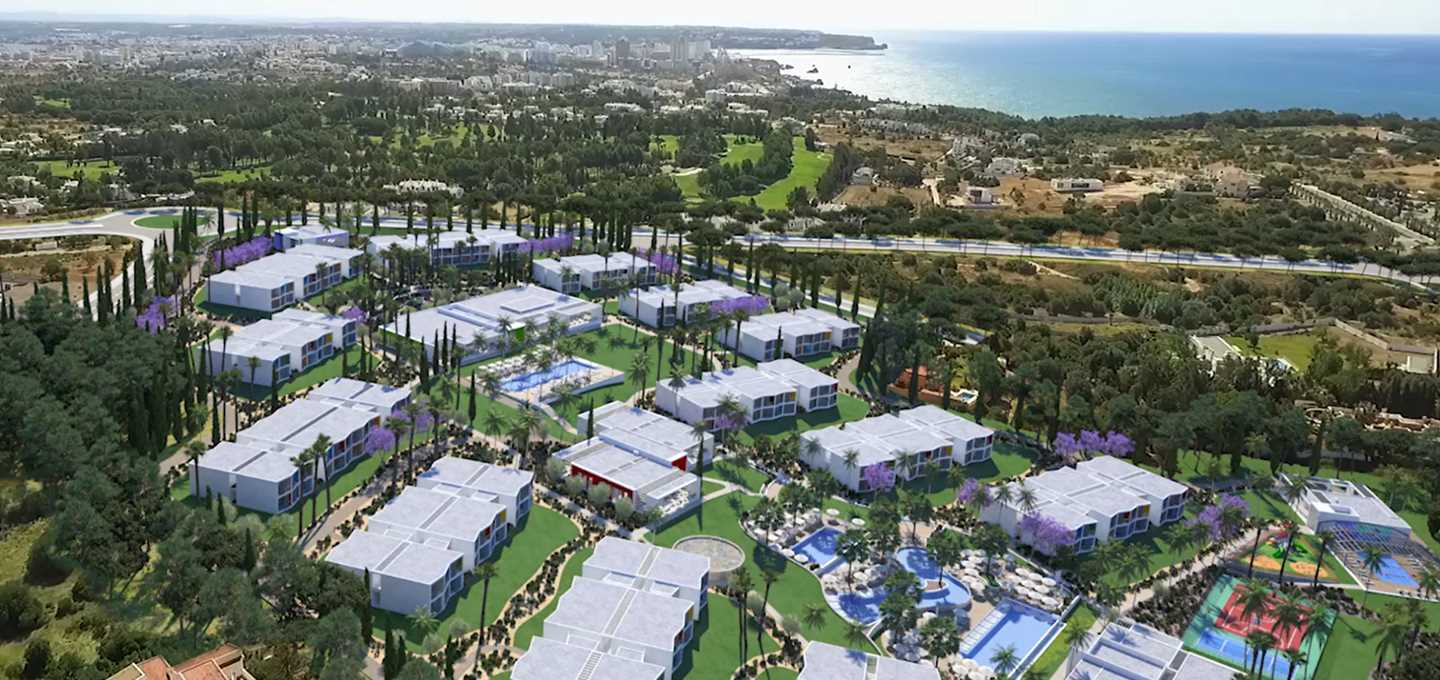

Already opened Portugals largest all-inclusive resort and kids dont pay
This Monday, May 13, was finally inaugurated the monumental Pestana Alvor Blue Beach & Golf Hotel , in the Algarve. Acco... -
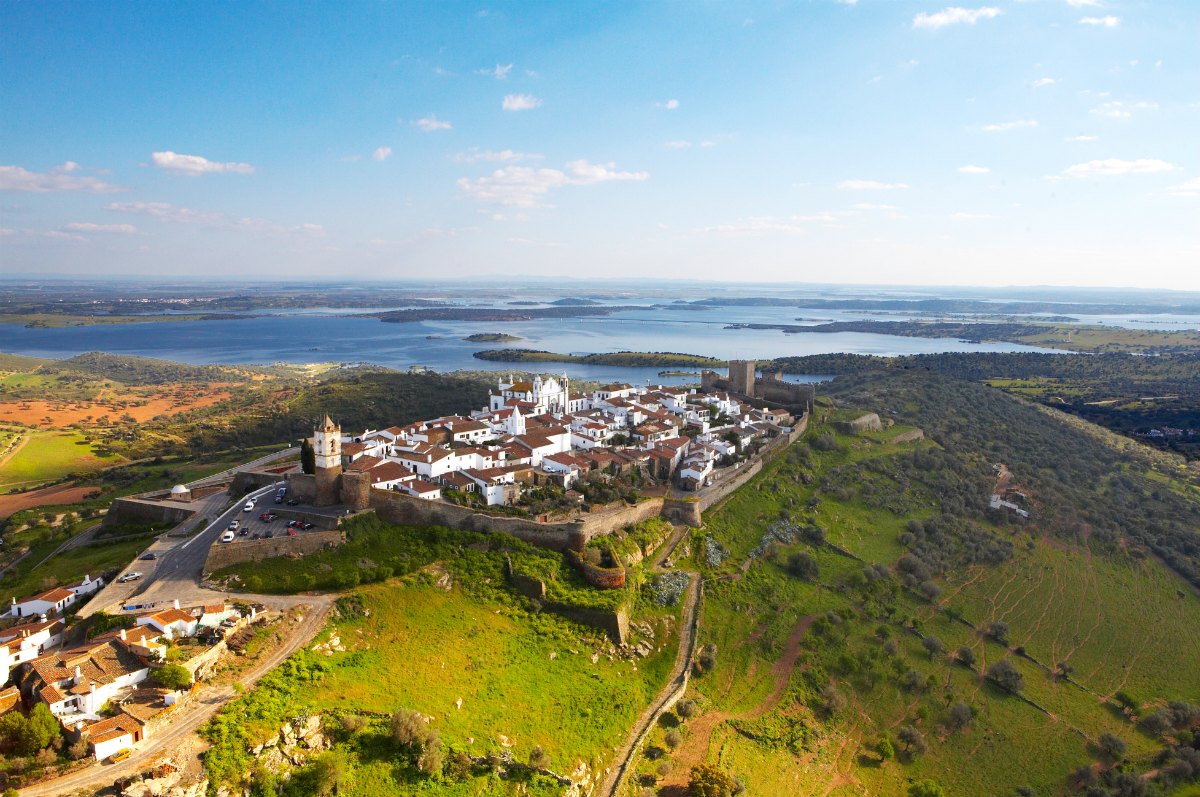

Probably one of the most beautiful village in Portugal Monsaraz
Medieval village, managed to maintain its characteristics over the centuries. A trip to Monsaraz is also a time travel, as it is a unique place w... -


50 things you have to do in Portugal at least once in your life
Once upon a time there was a small and undervalued country. But something has changed. The world seems to be wanting to know Portugal and it...
